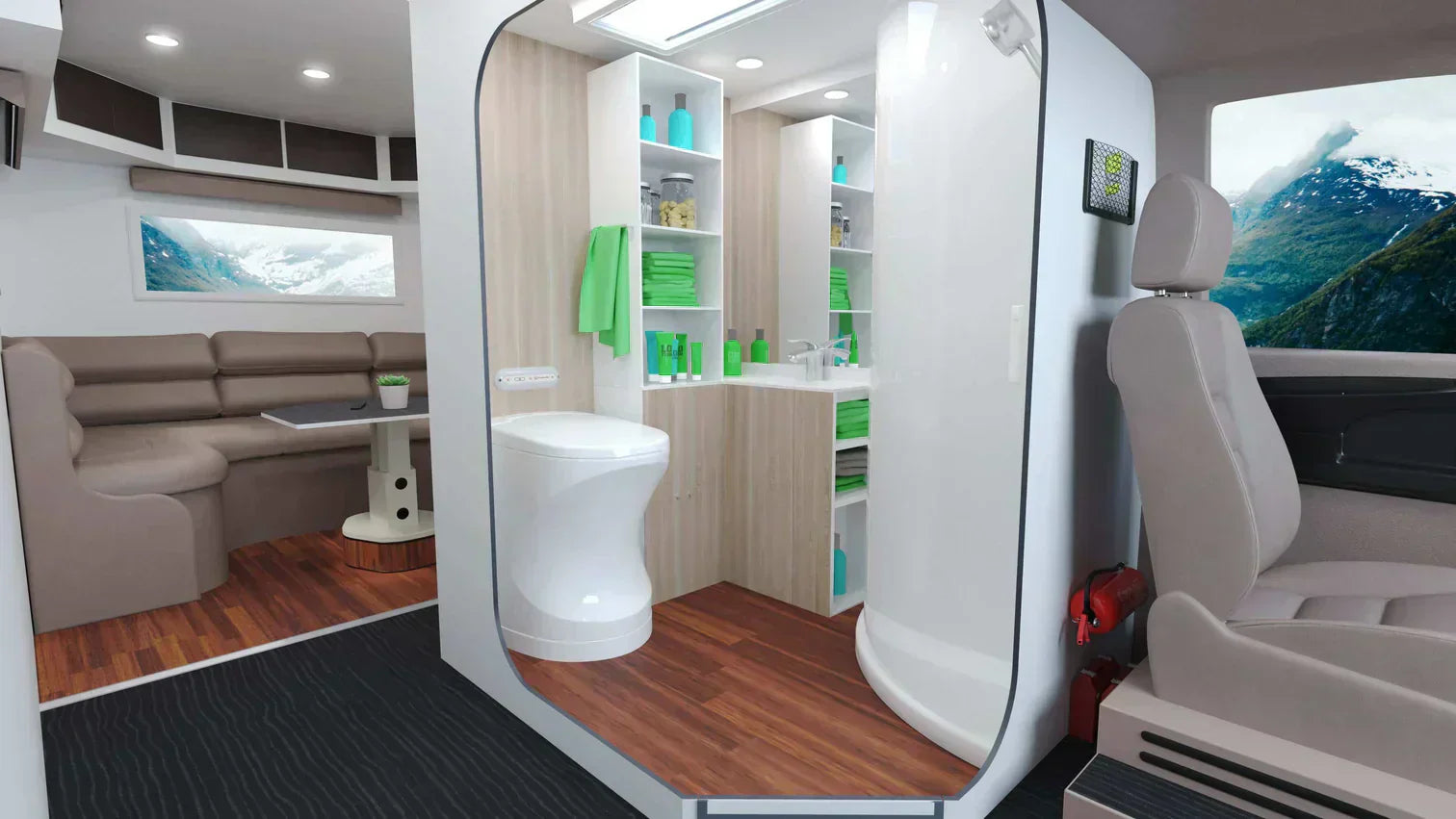
Incineration vs. Composting Toilets: Choosing the Best Off-Grid Sanitation Solution
When it comes to off-grid living, sanitation is a key consideration. Traditional plumbing may not be an option for remote cabins, RVs, or overlanding setups, making alternative toilet solutions essential. Two of the most popular choices are incineration toilets and composting toilets—but which one is best for your needs?
Both options offer waterless waste disposal, but they operate in completely different ways. Incineration toilets, like the Cinderella line, use high heat to turn waste into sterile ash, while composting toilets break down waste naturally into soil-like material. Let’s explore the pros, cons, and key differences between these two systems to help you make the right choice.
How Incineration Toilets Work
Incineration toilets use electricity or propane to burn waste at high temperatures, reducing it to a small amount of clean, odorless ash. Models like the Cinderella Comfort and Cinderella Freedom are fully self-contained, making them an excellent choice for off-grid homes, RVs, and cabins.
Pros of Incineration Toilets:
✔ Minimal Maintenance: No need to empty compost or manage waste buildup—just dispose of the small amount of ash periodically.
✔ No Odor: Since waste is incinerated immediately, there’s no lingering smell.
✔ Hygienic: High temperatures kill bacteria and pathogens, ensuring a clean and sanitary process.
✔ Compact & Versatile: Ideal for locations where composting isn’t feasible, such as cold climates where decomposition is slow.
Cons of Incineration Toilets:
✖ Energy Use: Requires electricity or propane to function, which may not be ideal for every off-grid setup.
✖ Initial Cost: More expensive upfront compared to composting toilets.
✖ Installation Considerations: Needs proper venting to safely remove exhaust.
How Composting Toilets Work
Composting toilets break down waste through natural decomposition, creating a soil-like material that can be safely disposed of (depending on local regulations). These systems rely on microbes and organic material to break down waste over time.
Pros of Composting Toilets:
✔ No Power Required: Most composting toilets are completely passive, making them ideal for ultra-remote locations.
✔ Eco-Friendly: Produces compost that can, in some cases, be used to enrich soil.
✔ Lower Cost: Generally more affordable upfront compared to incineration toilets.
Cons of Composting Toilets:
✖ Odor Management: While properly maintained units shouldn’t smell, improper balance of moisture and materials can lead to odor issues.
✖ Regular Maintenance: Requires frequent emptying and proper layering of organic material like sawdust or peat moss.
✖ Temperature Sensitivity: Cold weather can slow down the composting process, making it less effective in some climates.
Which Toilet is Right for You?
The decision between an incineration toilet and a composting toilet comes down to your specific needs and lifestyle:
- If you want a low-maintenance, odor-free solution and don’t mind using electricity or propane, an incineration toilet like the Cinderella Comfort is the best choice.
- If you prefer a completely off-grid, passive system and are willing to maintain the composting process, a composting toilet may be a good fit.
For those living off-grid in the Pacific Northwest, where damp conditions can make composting more challenging, incineration toilets provide a clean, reliable alternative without the hassle of waste management.
At Further Supply, we offer premium off-grid solutions, including the Cinderella line of incineration toilets, to ensure your off-grid home, RV, or cabin is equipped with the best sanitation technology available. Explore our collection today to find the perfect solution for your needs.
